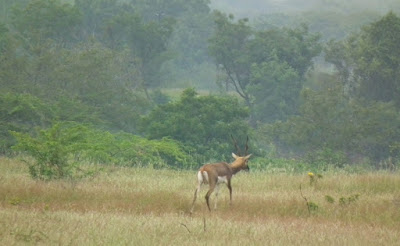The Mayan calendar ended on Dec 21, 2012. It did not lead to the end of the world, but may be the Mayans had something else in mind. May be the end of their calendar referred to the end of humanity, as we know it.
I refer to the grotesque act in a Delhi bus on a helpless and defenseless girl. Even death is not harsh enough punishment for the brutes responsible for such a ghastly crime.
I refer to the grotesque act in a Delhi bus on a helpless and defenseless girl. Even death is not harsh enough punishment for the brutes responsible for such a ghastly crime.
Unending struggle
In the natural world, the struggle for life is unending and death can occur at any moment. But, nature has evolved itself in several unique ways to confront life threatening situations. When it is question of survival, we know how birds and animals react in unusual ways to defend themselves or their young ones. This defense instinct is very strong and is necessary for survival in the wild.
The skunk (or polecat) is an omnivore and when threatened can spray a potent stinking liquid, which is powerful enough to cause temporary blindness. This is apart from the nauseating stink that lingers on for hours.
The horned lizard is capable of spraying blood from its eyes. The bombardier beetle sprays a hot chemical which can cause burns on its attacker.
The Malaysian ants are able to expand their glands and squirt poison when enemies are within range. These are just few of the innumerable types of mechanisms adopted by wild creatures for their survival.
The horned lizard is capable of spraying blood from its eyes. The bombardier beetle sprays a hot chemical which can cause burns on its attacker.
The Malaysian ants are able to expand their glands and squirt poison when enemies are within range. These are just few of the innumerable types of mechanisms adopted by wild creatures for their survival.
Can modern technology help?
Is there something we can learn from nature about survival in the wild? Pepper sprays and stun-guns are presently available and are being publicized as personal defense weapons. However, they are unwieldy and cannot easily be used in emergencies. Can present technology come to the rescue by designing small and practical personal defense gadgets?
Is there something we can learn from nature about survival in the wild? Pepper sprays and stun-guns are presently available and are being publicized as personal defense weapons. However, they are unwieldy and cannot easily be used in emergencies. Can present technology come to the rescue by designing small and practical personal defense gadgets?
Save water, save life

















